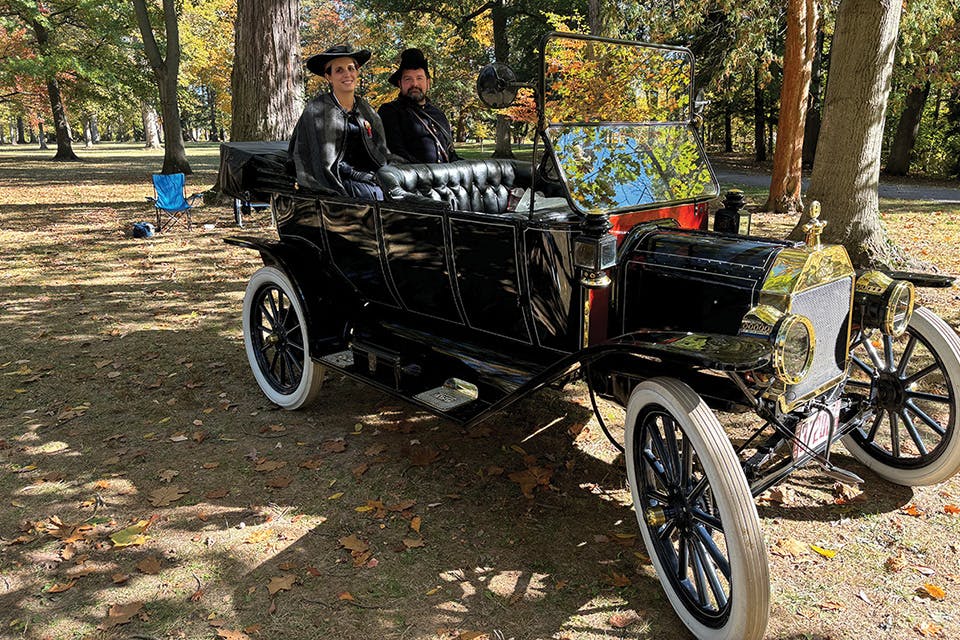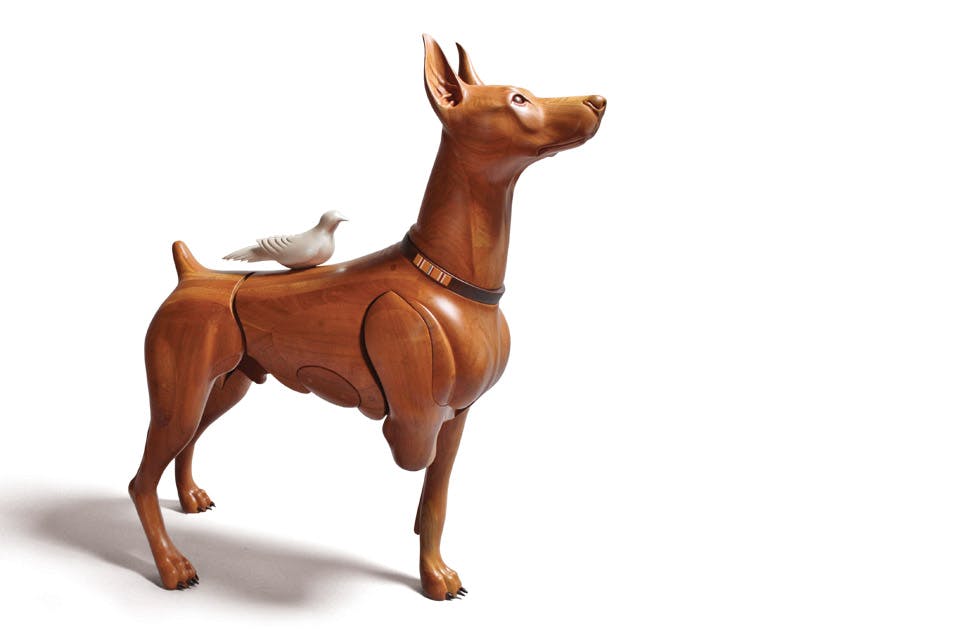Arts
The Art of James Mellick’s Wounded Warrior Dogs Project
James Mellick’s sculptures are poignant works that reflect the courage and sacrifice of those who serve to protect our freedoms.
Related Articles

Restoration Begins on George Sugarman’s ‘Cincinnati Story’ at Pyramid Hill Sculpture Park
The colorful, iconic sculpture is undergoing restoration ahead of a 2026 public rededication. READ MORE >>

Step Inside Cleveland’s Soldiers’ and Sailors’ Monument
This historic monument on Public Square commemorates the sacrifice and service displayed by Cuyahoga County residents during the Civil War. READ MORE >>

Experience Spiegel Grove’s Civil War Winter Camp
History buffs can check out 19th-century camp life, see a brass band on horseback and even take a spin in a Model-T at this immersive fall event. READ MORE >>





